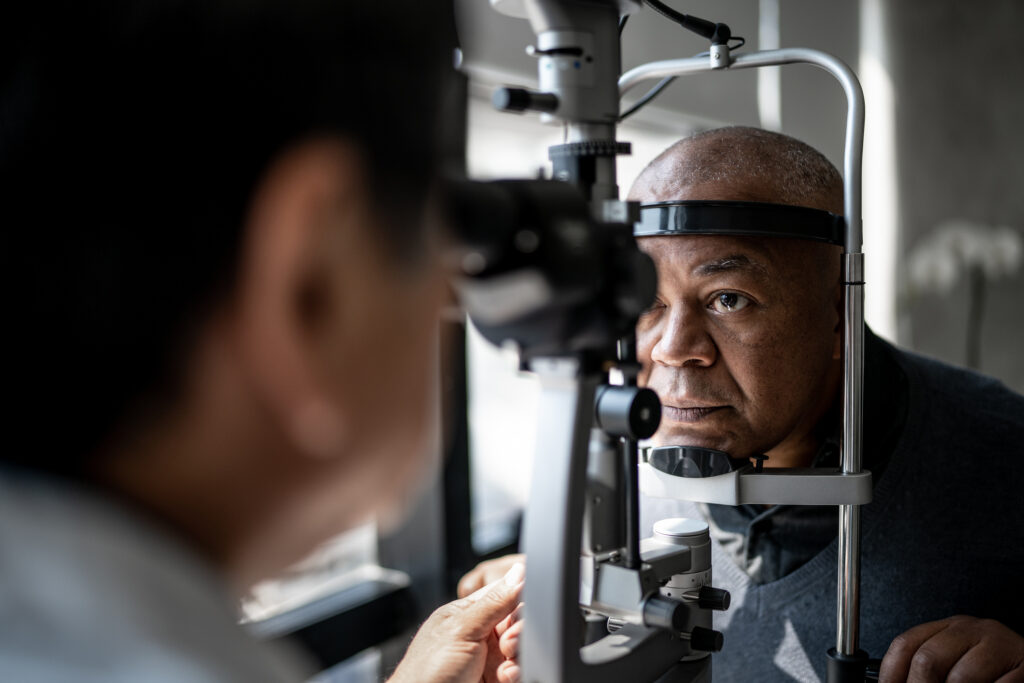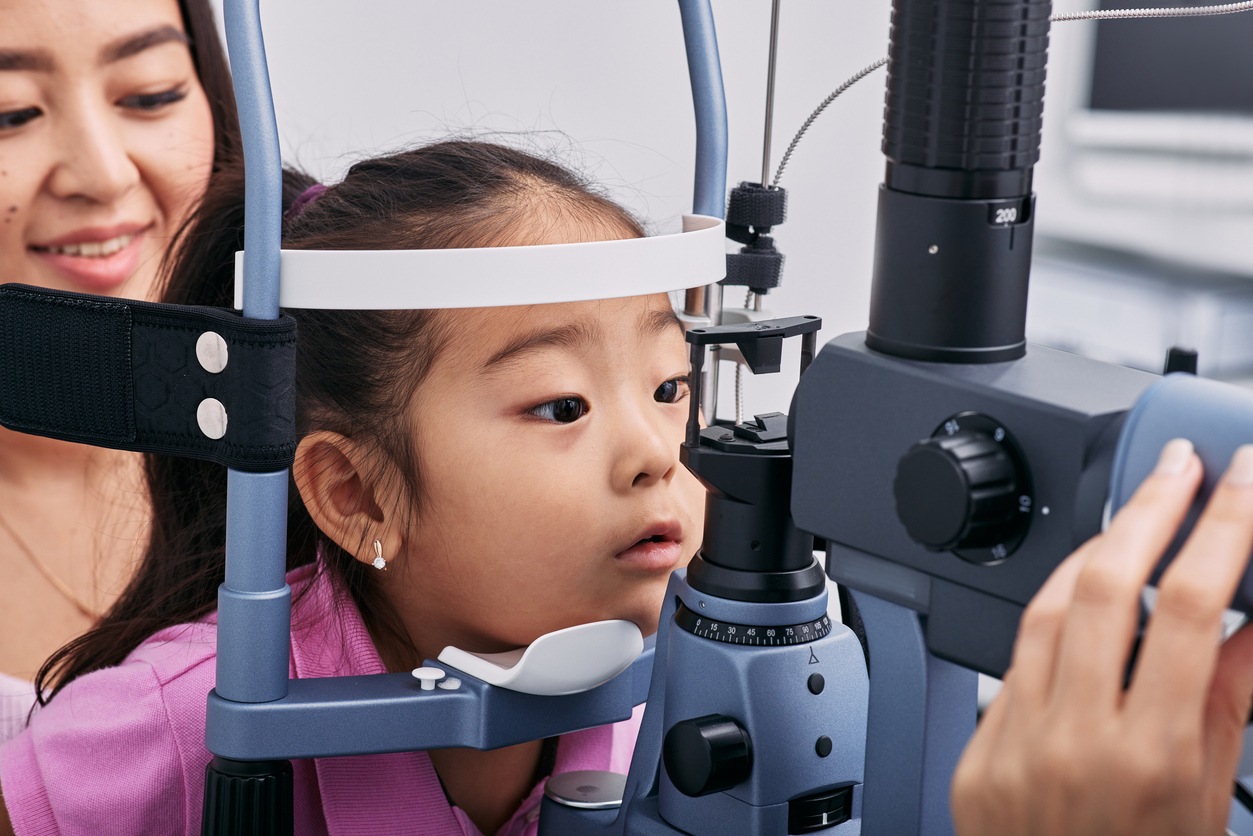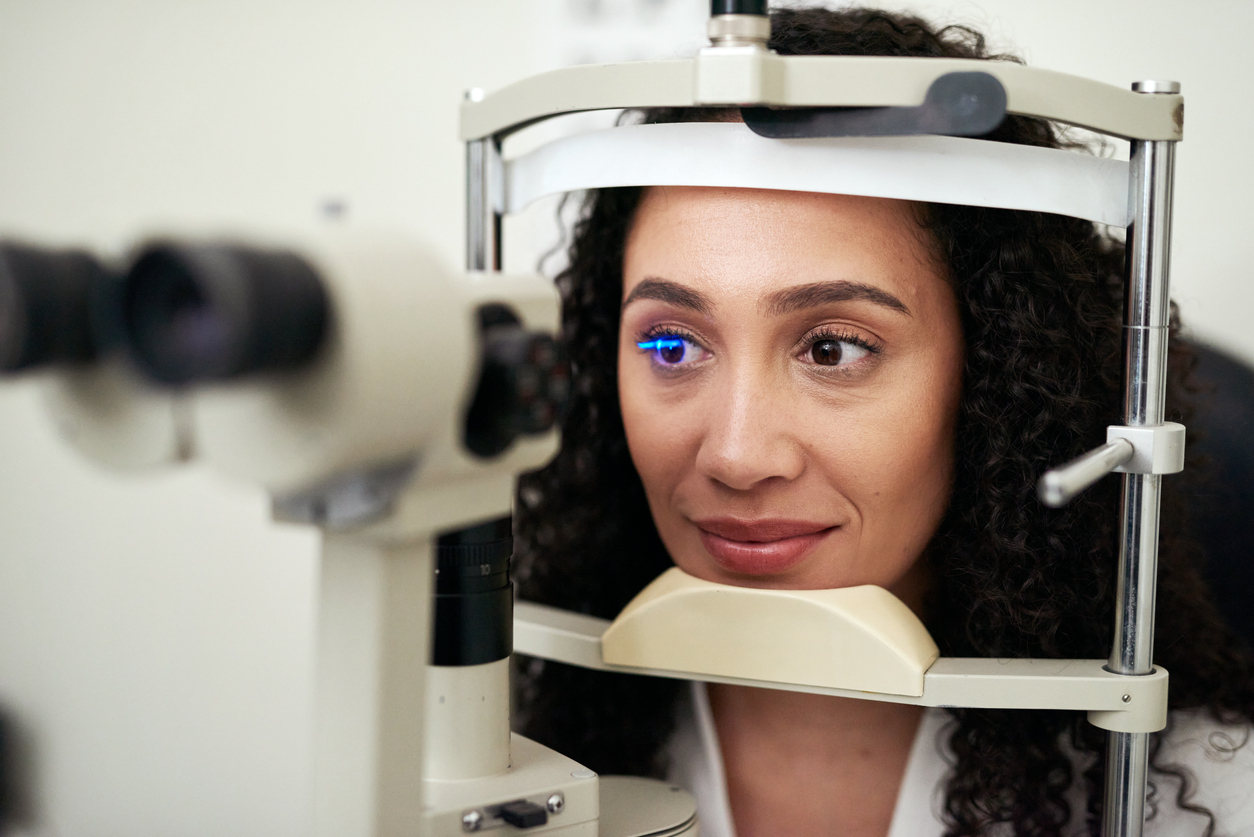As a parent, your little one’s health and well-being are your number one priority. A…
Glaucoma Awareness Month: Understanding the Silent Thief of Sight

Have you ever considered the profound impact that maintaining your eye health can have on preserving your precious sight? With January being Glaucoma Awareness Month, it’s crucial to bring to light this condition, often undetectable in its initial stages.
Glaucoma is a stealthy disease that can stealthily rob you of your vision, with optic nerve damage occurring without early warning signs. As glaucoma awareness rises, understanding the silent progression becomes a pivotal part of your eye health, safeguarding against the unsuspected onset of vision loss.
Below, we’ll uncover the various aspects of glaucoma — from its subtle onset to the latest diagnostic and treatment methods. Whether you’re personally affected by glaucoma, know someone who is, or are simply looking to broaden your health knowledge, there’s something here for everyone. Continue reading to discover more about glaucoma awareness and why Andover & Winfield Family Optometry is committed to helping you protect your vision.
What is Glaucoma? Understanding the Disease
Glaucoma is often referred to as the “silent thief of sight” due to its gradual onset and the serious risk it poses to your vision. It is a disease that can lead to optic nerve damage, frequently associated with the rise of intraocular pressure (IOP). This condition arises when the clear fluid, called aqueous humor, which normally flows in and out of the eye, fails to drain correctly due to a compromised drainage angle, causing pressure to accumulate inside the eye.
The optic nerve, essential for vision, is made up of over a million tiny nerve fibers, similar to wires in an electrical cable. Damage to these fibers, caused by increased eye pressure, starts the formation of blind spots in the visual field. If the condition goes undetected and untreated, it can progress to complete and irreversible blindness.
The most common forms of glaucoma are primary open-angle glaucoma and angle-closure glaucoma. Open-angle glaucoma develops slowly and is painless, which is why many people are unaware of the condition until significant vision is lost. Conversely, angle-closure glaucoma can develop quickly and is often a medical emergency, requiring immediate glaucoma treatment.
Open-angle glaucoma: It is characterized by the slow clogging of the drainage canals, leading to increased eye pressure. Because this type progresses slowly, it’s crucial to undergo regular eye examinations for early detection.
Angle-closure glaucoma: In this form, the drainage angle formed by the iris and cornea becomes completely blocked, rapidly raising the intraocular pressure, with noticeable symptoms that warrant urgent attention.
The Silent Progression: Why Glaucoma is a Concern
Without clear glaucoma symptoms in its early stages, individuals may unknowingly harbor this condition, only becoming aware as it advances and challenges the extremities of their vision. This gap between the disease’s onset and the noticeable impairment underlines the critical importance of early detection of glaucoma.
For many, the loss of peripheral vision signals the presence of glaucoma, yet this subtle decline often evades recognition until it’s too late. Imagine slowly diminishing vision as if looking through a narrowing tunnel, where the vivid panorama of life becomes a mere keyhole glimpse. The realization might come quietly but has profound implications for daily living, independence, and quality of life.
Frequent eye exams become your stalwart defenders against this encroaching darkness. Medical professionals can assess intraocular pressure, inspect the eye’s drainage angle, and gauge nerve health, providing a formidable front line to detect and manage glaucoma.
- Engage in routine screening specifically for glaucoma—a step that cannot be overlooked.
- Stay attentive to any subtle changes in vision, particularly if you are within a high-risk category determined by family history or medical predisposition.
- Understand that even a diagnosis of ocular hypertension elevates your risk and demands vigilance.
With modern medicine’s strides, the once-inevitable theft of sight by glaucoma is no longer a foregone conclusion. By placing a premium on eye exam schedules that facilitate early detection of glaucoma, individuals can cast a protective net against the silent advance of this pervasive condition. The power to preserve the integrity of your vision lies, quite literally, in your perspective and proactive engagement in your ocular health.
Glaucoma Risk Factors and Prevention
When it comes to glaucoma risk factors, certain groups of individuals require keener attention. You might face a higher-than-average risk if you are above the age of 40, which is a pivotal age range for starting to monitor for signs of glaucoma. A family history of glaucoma dramatically elevates your risk profile, signaling the need for more frequent and thorough eye examinations. Additionally, those of African, Hispanic, or Asian descent are statistically at a greater predisposition to this eye condition.
Beyond genetics and age, lifestyle and health history play a significant role. If you’ve endured an eye injury, vigilance regarding changes in your vision is crucial. Even individuals with high eye pressure, typically identified through regular eye exams, should be more alert. Monitoring these factors is vital for preventing glaucoma and initiating any potential treatments.
- Be proactive in scheduling regular eye health screenings, especially if you belong to any of the high-risk categories.
- Familiarize yourself with the health of your eyes and understand any personal or familial predispositions you may have towards eye conditions.
- Consider lifestyle adjustments that may contribute to healthier intraocular pressure levels, thus reducing risk.
- Recognize that protective eyewear may prevent traumatic eye injuries that could lead to secondary glaucoma.
Glaucoma prevention isn’t only about detecting the disease after it strikes but also about minimizing the risk factors under your control. Through understanding and action, you can play an integral role in supporting your eye health. Consult with an ophthalmologist to develop a screening and prevention plan tailored to your specific needs and risk factors. Protecting your eyesight is an investment with invaluable returns.

Diagnosing Glaucoma: Key Symptoms and Early Warning Signs
Initially, you might not notice any symptoms, as glaucoma often begins silently. Progression can result in subtle changes, particularly in your peripheral vision. Alertness to early warning signs is crucial, so take note if you experience any unusual changes in your sight, especially to your side vision. If recognized early, during routine eye examinations, the onset of glaucoma can be addressed promptly and potentially prevent vision loss.
An experienced optometrist will conduct a comprehensive evaluation beyond simple eye pressure checks. The assessment includes a battery of tests to effectively determine the health of your eyes.
- An accurate measurement of your eye pressure will be taken to assess for ocular hypertension, a leading factor in glaucoma development.
- The optic nerve examination is critical, as it may reveal definitive signs of damage from high intraocular pressure.
- Inspecting your eye’s drainage angle will reveal any structural abnormalities that might impede the outflow of the inner eye fluid, contributing to increased pressure.
- A peripheral vision test may uncover blind spots indicative of glaucoma, often unnoticed in everyday activities.
- Advanced imaging or computer measurements of your optic nerve provide a more detailed view, detecting even minuscule changes indicative of glaucoma development.
Your ophthalmologist’s expertise, coupled with sophisticated diagnostic technology, ensures that signs of glaucoma can be identified accurately, allowing for timely glaucoma treatment options to preserve your sight. Whether you have noticed vision changes or are due for a routine check-up, consulting with an optometrist is a proactive step in safeguarding your vision against glaucoma.
Andover & Winfield Family Optometry — Your Destination for Comprehensive Eye Care
As Glaucoma Awareness Month spotlights the silent progression of this vision-threatening condition, your understanding and involvement in glaucoma prevention and eye health stand as pivotal defenses. The stealthy nature of optic nerve damage caused by glaucoma underscores an imperative need for early detection of glaucoma. By staying informed regarding the latest in glaucoma awareness, nurturing a relationship with a trusted ophthalmologist, and adhering to recommended screening schedules, you can fortify your defense against the onset of optic nerve damage.
At Andover & Winfield Family Optometry, your vision and eye health are our top priorities. Our experienced team of optometrists is dedicated to providing you with the highest quality eye care. From comprehensive eye exams to a diverse selection of eyewear, we ensure every aspect of your eye care journey is handled with expertise and compassion.
We understand the importance of clear vision and healthy eyes in your daily life. Our commitment to exceptional patient care and our range of eye care solutions make us the premier choice for families and individuals of all ages.
Don’t wait to give your eyes the care they deserve. Contact Andover & Winfield Family Optometry today to schedule your appointment and experience the best in vision care.



